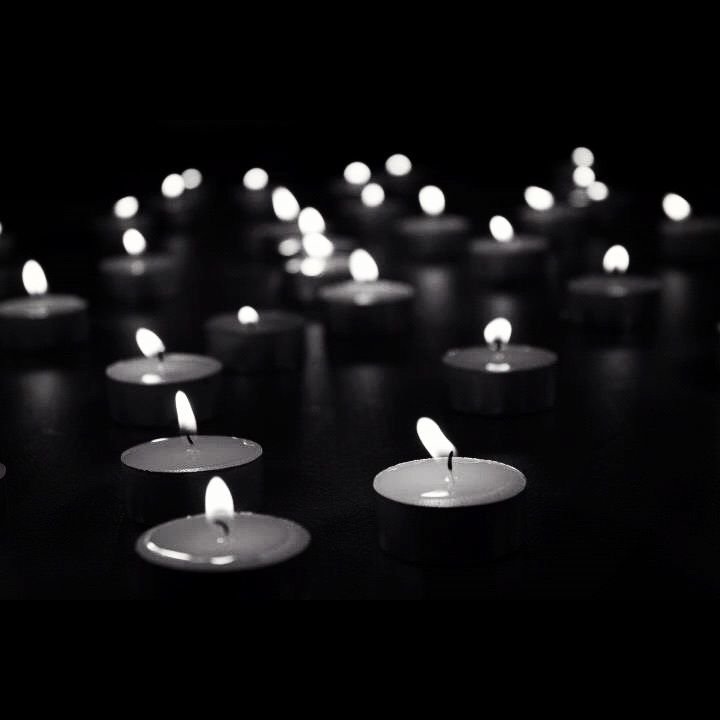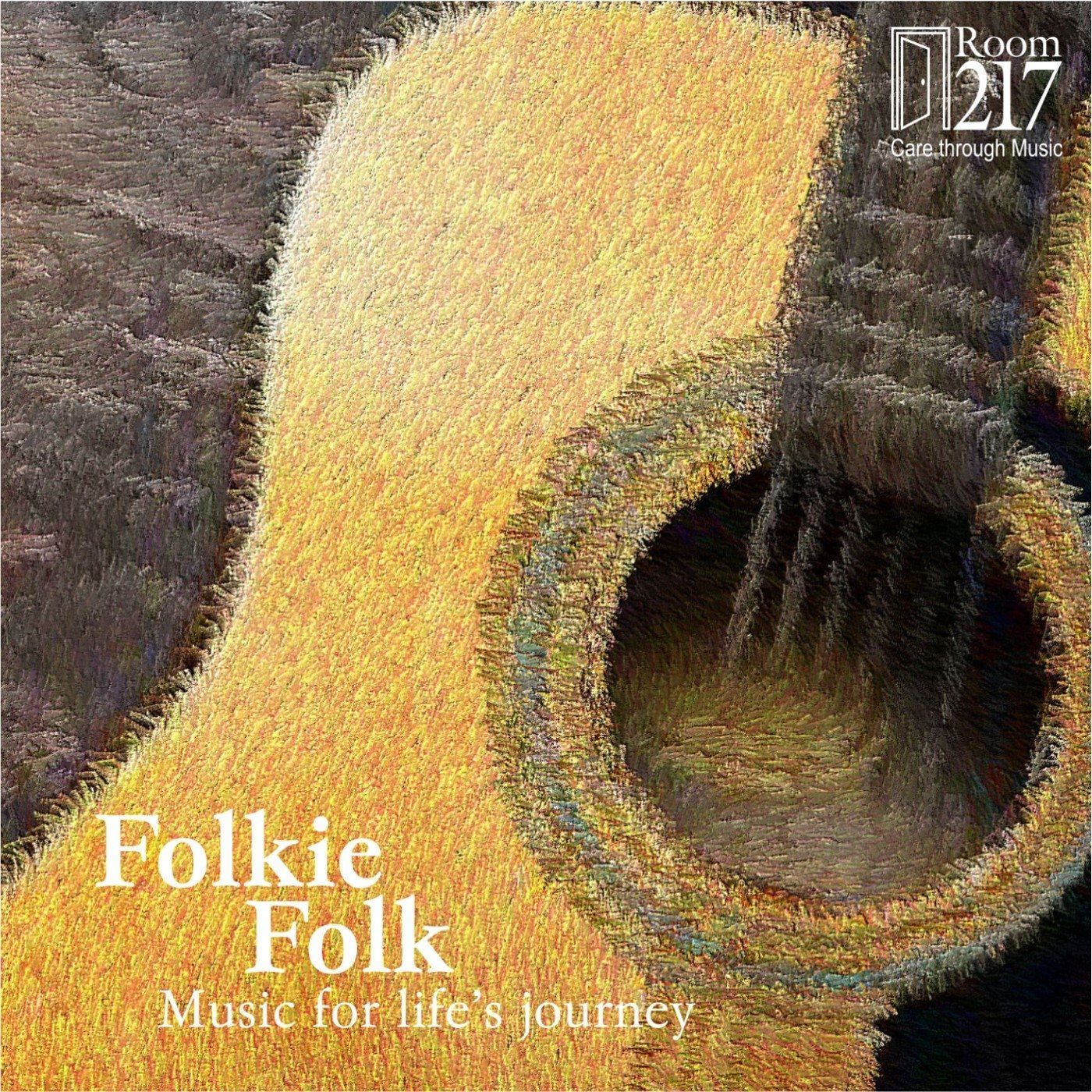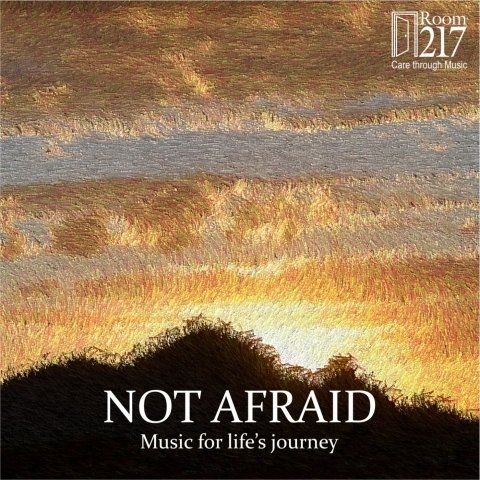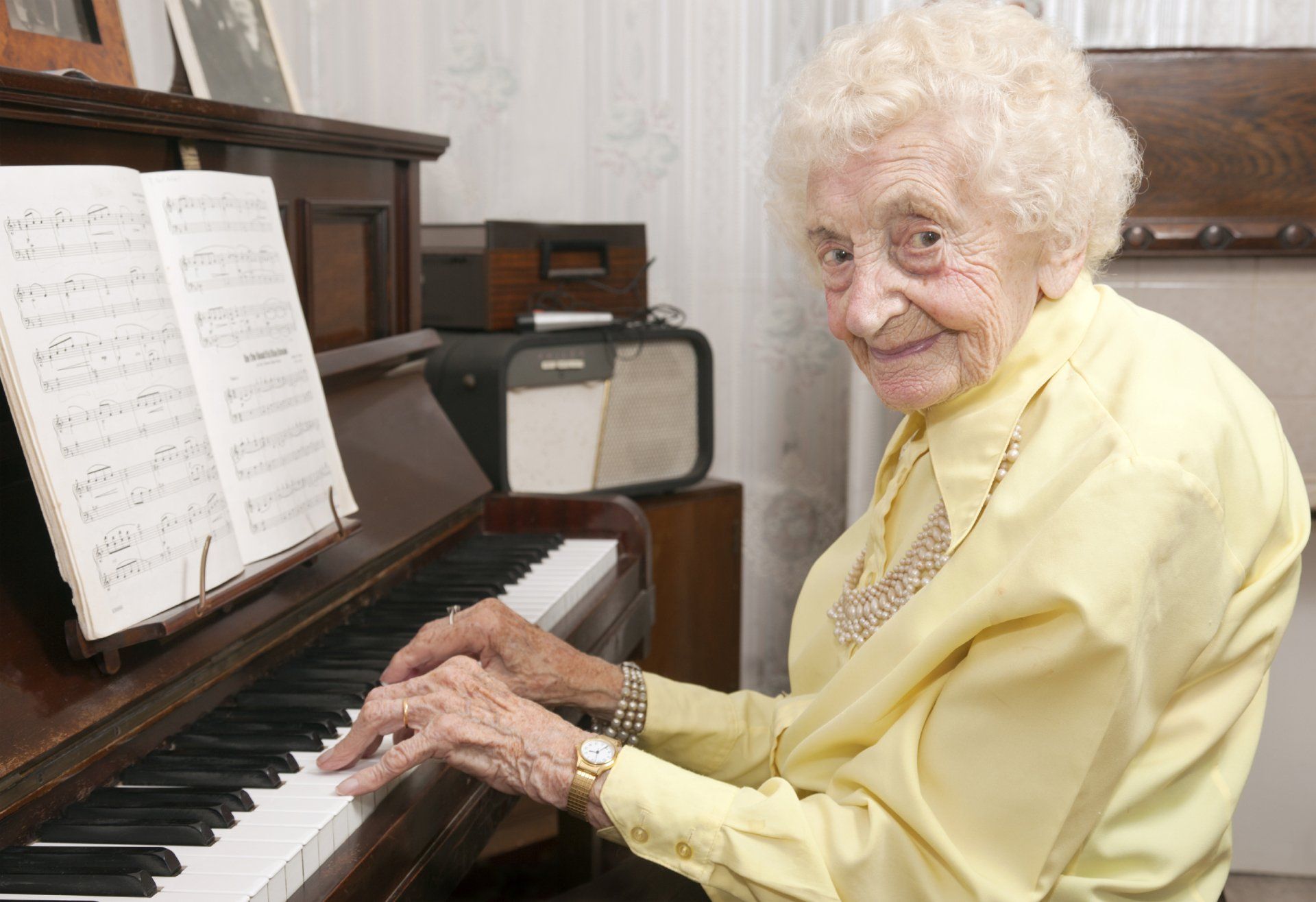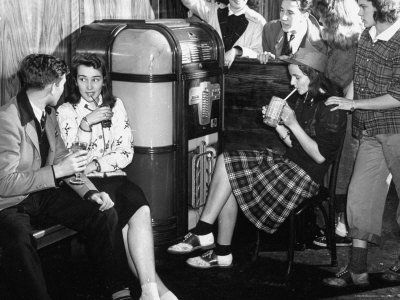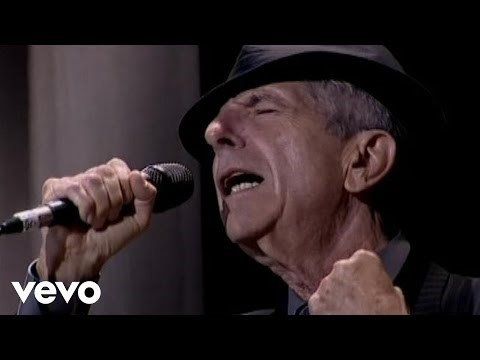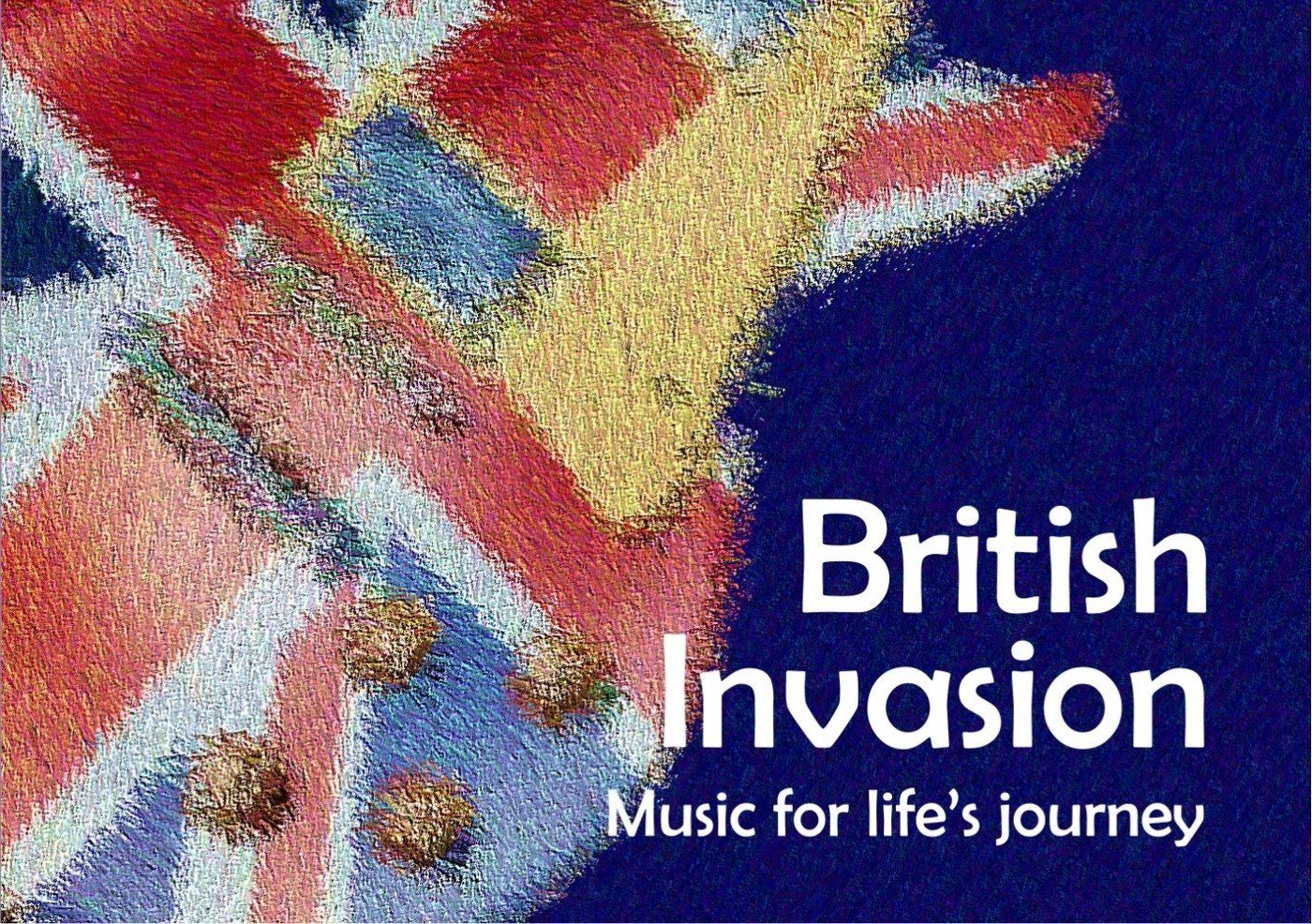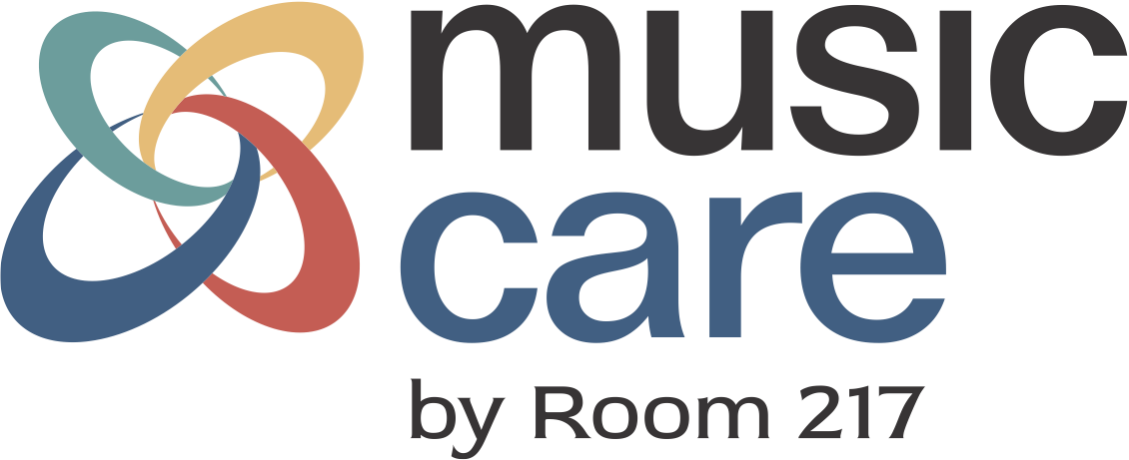Born this way: Entrainment & Music Care
Whether you’re a Lady Gaga
fan or not, her song, Born This Way
has been an international success, topping the charts in over eighteen countries including the Billboard
Hot 100
in the United States. Born This Way
is also the fastest selling song in iTunes
history, having sold over a million copies worldwide in the first five days of its release. Whether you like the song, resonate with its societal overtones, or think it’s one oversized excuse, it posits that race, religion, gender, sexuality is in our DNA and we can’t help who we are because we are Born This Way.
 That’s what neuroscientists have been telling us for several decades now about music: that music is hardwired into our brains. Musical response is something that happens because we are born this way. And the reason is because of something called entrainment. I came face to face with this as caregiver to my four young children when they were worked up. It began with a whimpering overture, developed into staccato-like crying, sniffling on the upbeat and arriving on the downbeat with a wailing tone. I would try to imitate and match their tone and tempo. I got into sync with their state, at first as an empathetic gesture then as a means of adjustment, trying to calm them down. Entrainment happens when the body, mind and/or spirit becomes synchronized with environmental vibrations. Music unfolds in time and is based on the time patterns, or rhythms of physical vibrations. The physical vibrations go through the auditory system and produce electrochemical information that is relayed neurologically to the brain. Music can alter the performance of the nervous system through neural entrainment. Based on tempo or speed of the beat, music may stimulate and adjust various brain-wave activities and impact our state of being. Here are the various brain-wave activity states broadly measured in beats per minute and their effects.
That’s what neuroscientists have been telling us for several decades now about music: that music is hardwired into our brains. Musical response is something that happens because we are born this way. And the reason is because of something called entrainment. I came face to face with this as caregiver to my four young children when they were worked up. It began with a whimpering overture, developed into staccato-like crying, sniffling on the upbeat and arriving on the downbeat with a wailing tone. I would try to imitate and match their tone and tempo. I got into sync with their state, at first as an empathetic gesture then as a means of adjustment, trying to calm them down. Entrainment happens when the body, mind and/or spirit becomes synchronized with environmental vibrations. Music unfolds in time and is based on the time patterns, or rhythms of physical vibrations. The physical vibrations go through the auditory system and produce electrochemical information that is relayed neurologically to the brain. Music can alter the performance of the nervous system through neural entrainment. Based on tempo or speed of the beat, music may stimulate and adjust various brain-wave activities and impact our state of being. Here are the various brain-wave activity states broadly measured in beats per minute and their effects.
- Delta (5-20 beats per minute) - d
 eep sleep state
eep sleep state - Theta (20-40 beats per minute) - twilight zone; half awake and half asleep, hypnotic trance
- Alpha (40-60 beats per minute) - relaxed alertness; calm, prepared
- Beta (60-125 beats per minute) - busy classroom activities, discussion
- Super beta (125+ beats per minute) - intensity, drama, exercise, simulations, trance, rave
We use entrainment as one of the therapeutic principles for music production at Room 217. The Room 217 music library targets Alpha brain wave activity, the state of calm and relaxation. The tempo of songs is at 60 beats per minute. Typically this slows down the familiar speed of the song. We aim to provide a gentle, soothing and calming resource for people in the midst of life’s complexities. So what does this mean for Music Care? At the very least, neural entrainment brings awareness about the tempo of ambient sounds/music and that it will have an impact on people who can hear it. In the best case scenario, realizing that we are born this way will make us all a little more sensitive to the impact of our musical choices on others.

